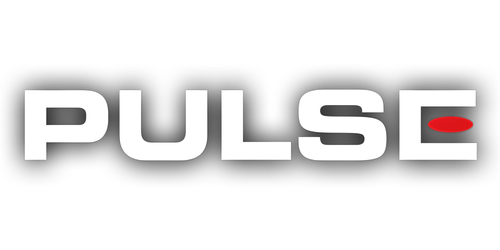Order before 3pm! (Weekdays)
Order before 3pm! (Weekdays)
MIDI (Musical Instrument Digital Interface) cables are essential for connecting MIDI devices such as keyboards, synthesizers, drum machines, controllers, sound modules, and MIDI interfaces. The standard 5-pin DIN connector is the most commonly used connector in live music settings.

Designed for reliable and accurate data transmission, this 5-pin DIN plug to 5-pin DIN plug MIDI lead ensures that your MIDI signals are transferre...
View full detailsMIDI Cables tend to be standardised in their wiring configuration. The main variations you will find on the market are shielding quality and connector style/types.
Below are some of the common variations you might find.
Pin Configuration: 5 pins (only 3 pins typically active – pin 2 for ground, pin 4 for data transmission, pin 5 for data reception).
Pin Configuration: 5 pins, same as standard MIDI.
Pin Configuration: 5 pins, same as standard MIDI.
Pin Configuration: 5 pins, standard MIDI configuration.
Pin Configuration: Adapt 5-pin DIN connectors to TRS (Tip-Ring-Sleeve) mini-jack connectors.
Pin Configuration: 5 pins, but with multiple ends for splitting or merging MIDI signals.
Pin Configuration: 5-pin MIDI on one end, USB on the other.
MIDI signals generally hold up well over distances up to 10 meters, but for longer distances, look for long-distance MIDI cables or use a MIDI Thru box to boost signal.
These cables are fundamental to maintaining stable communication between various MIDI devices in live music setups, helping ensure seamless performance across all gear.

£100.00 away from free delivery!
